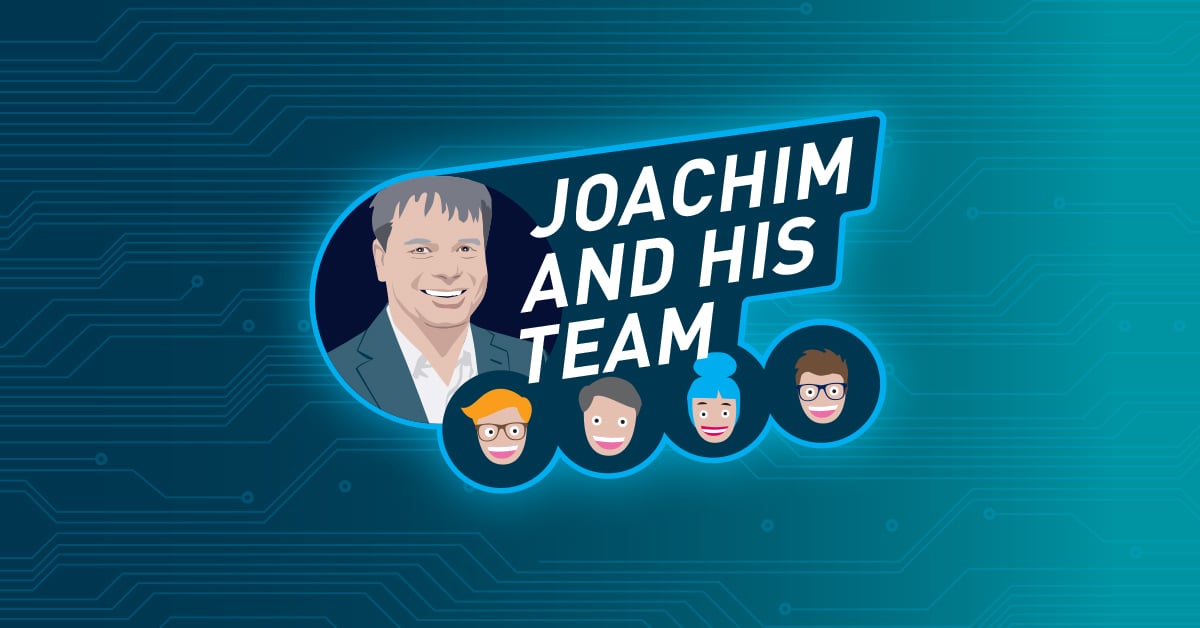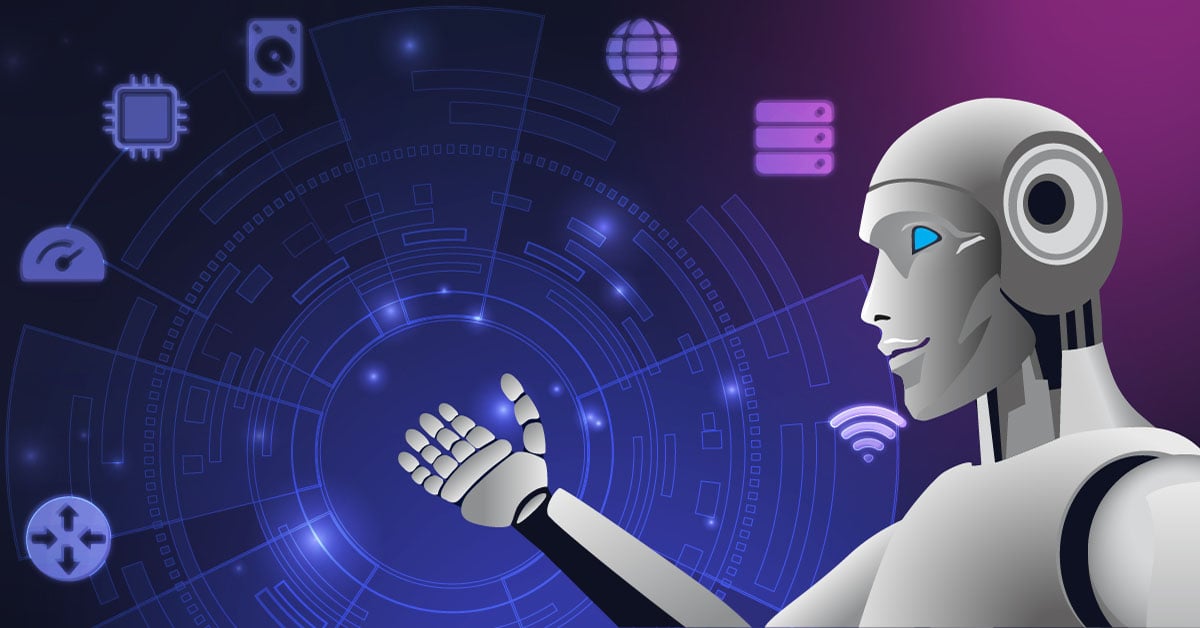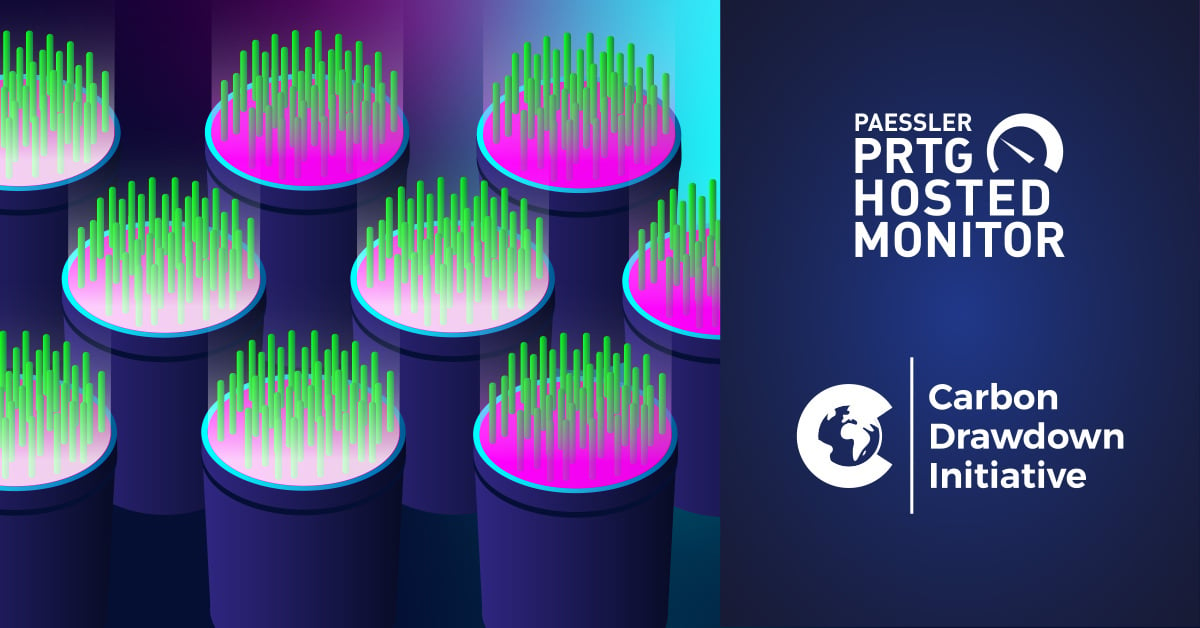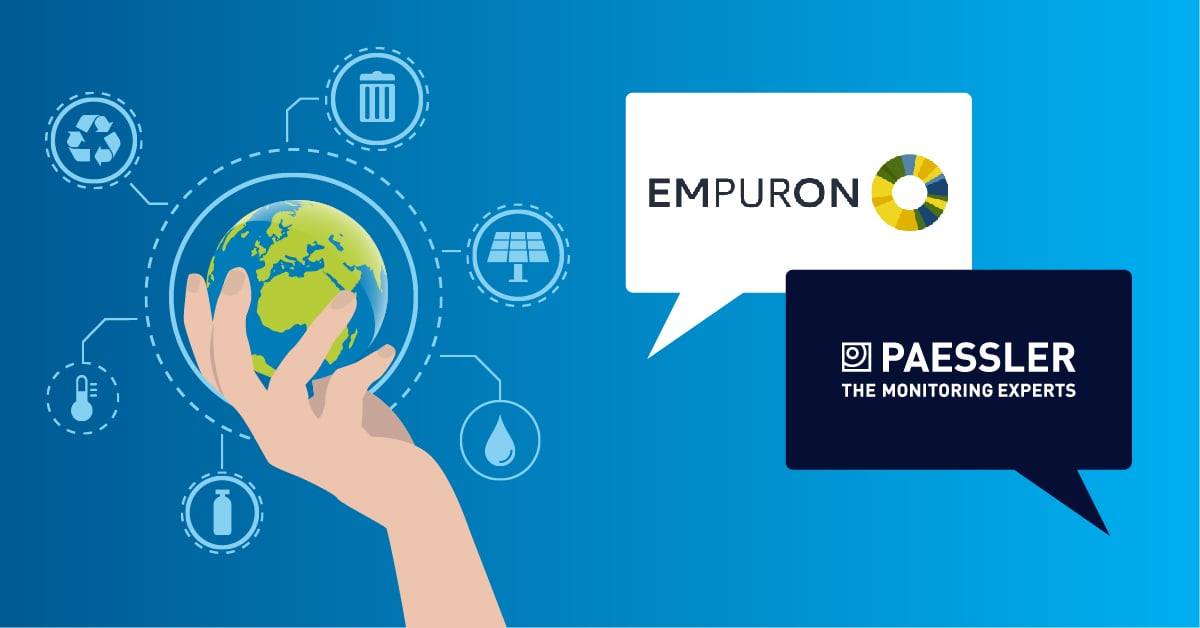As CTO of Paessler and also someone who works in tech, I like to stay on top of the latest technological developments and explore the trends that will shape the industry in the years to come. Describing the near future is always a buzzword jungle, but I want to keep things as concise as possible: This article covers Artificial Intelligence and examines what positive impact AI can have on the broad field of IT, OT, and IoT monitoring. The three other terms that play a role here are:
Let's get started.
Enhancing the powers of monitoring
Machine learning
As AI will become a key component of IT infrastructures, it will enable organizations to proactively identify and resolve issues before they become major problems. As of today, IT systems are generating more and more data, and there are clear opportunities for using AI to sift through, analyze, and perhaps prioritize this vast pool of data. One specific application of Artificial Intelligence is the use of machine learning algorithms to analyze networks and identify patterns that indicate potential issues.
IT transparency
"Identifying patterns" correlates with IT transparency (also known as "architecture mining"). This involves using monitoring tools to gain an understanding of the underlying IT infrastructure and how it interacts with other systems. With this knowledge, organizations can quickly resolve issues, as well as optimize their IT infrastructure for better performance and scalability. Shadow IT is not inevitable, but rather the consequence of a lack of IT controls in companies that can lead to security threats and a collapse in the efficiency of a company's IT environment.
Observability
With the growing complexity of IT systems, it's critical that organizations can monitor and analyze network traffic in real time. This enables them to quickly respond to potential security threats, as well as gain a deeper understanding of the underlying systems and how they interact.
iOne exciting observability technology that I feel deserves special attention is eBPF (which stands for Extended Berkeley Packet Filter). eBPF is a Linux kernel feature that allows for high-performance monitoring of network traffic. It enables organizations to capture and analyze network packets in real-time, providing deep visibility into the traffic flowing through their systems. As of early 2023, eBPF is rapidly gaining traction in cloud-native applications.
2023 could be the year AI takes root for good
So far, 2023 seems to be the year of trendy services like ChatGPT. But this is just the much-hyped tip of the iceberg. Also, it's nearly impossible to imagine in which direction "everyday usable AI" will advance once tech giants throw their actual efforts into the ring.
One of the obvious benefits of Artificial Intelligence in the field of IT, OT, and IoT monitoring is – as shown above – the ability to perform large-scale data processing and machine learning tasks. This allows businesses to train, deploy, and manage their AI models more efficiently. Where the journey will lead can only be estimated due to the disruption and maybe the exponential growth. Of course, as with any technological development, there are risks and side effects and there are no one-size-fits-all solutions.
As for the world of monitoring, things will continue to evolve and organizations will need to be able to adapt and take advantage of the latest technologies and trends. For corporations of any size, the goal should always be to stay ahead of the curve and optimize IT infrastructures for better performance and security.
In conclusion
The future of IT monitoring is closely tied to the developments of AI, machine learning, IT transparency, and observability. As technology continues to evolve, organizations must stay informed and adapt to the latest trends to stay competitive and protect their IT infrastructure. With the right tools, organizations successfully navigate the ever-changing landscape of IT, OT, and IoT monitoring.
 Published by
Published by 












